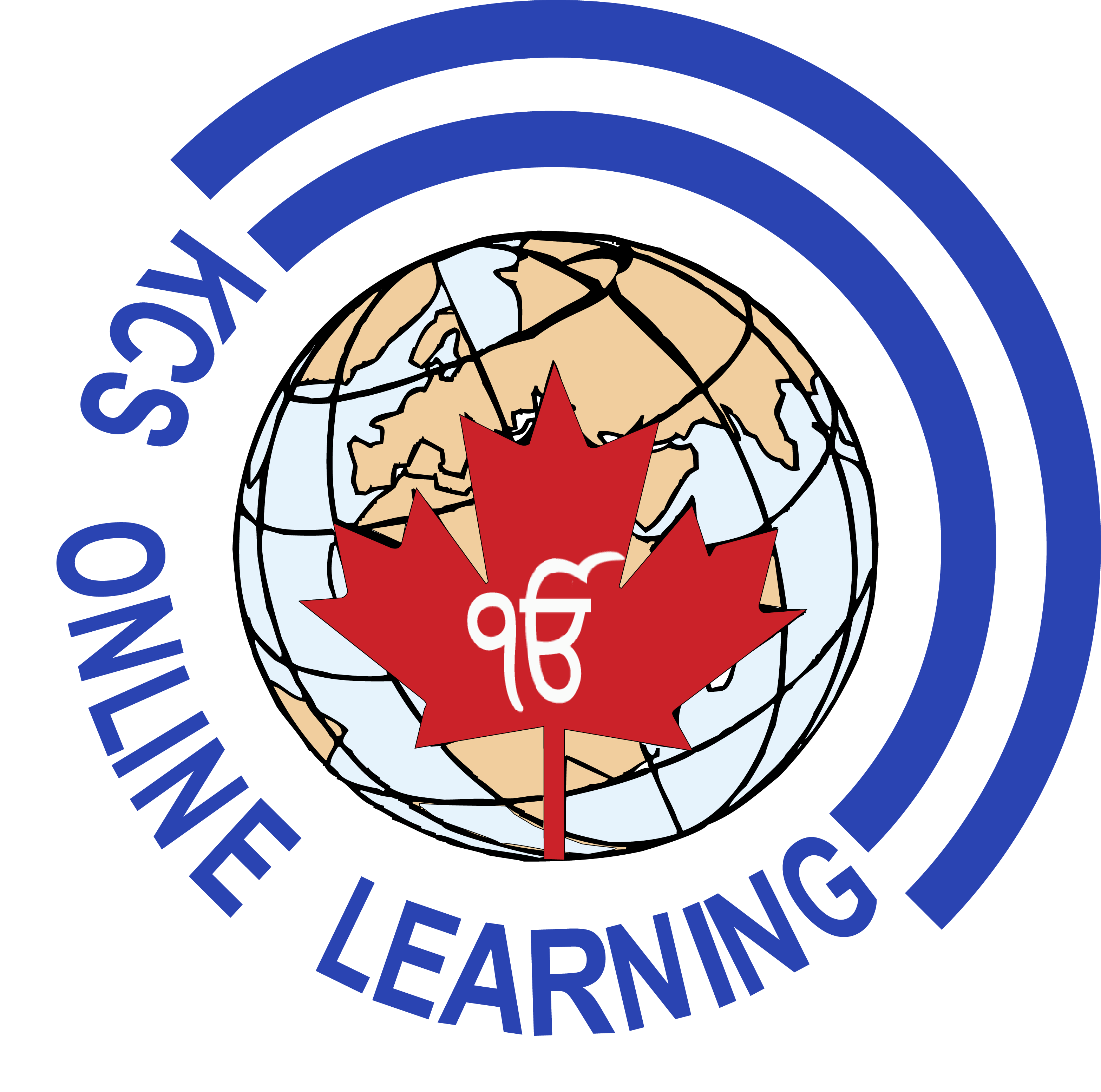Course Title: Physics, Grade 12, University Preparation
Name of School: Khalsa Community School
Department: Science
Course Development Date: 2017
Course Reviser/Revision Date: ----
Course Title & Grade: Physics, Grade 12, University Preparation
Ministry Course Code: SPH4U
Course Type: University Preparation
Credit Value: 1.0
Developed from: The Ontario Curriculum, Grades 11 and 12, Science 2008 - Revised
Prerequisite: Physics, Grade 11, University Preparation
Course Description:
This course enables students to deepen their understanding of physics concepts and theories. Students will continue their exploration of energy transformations and the forces that affect motion, and will investigate electrical, gravitational, and magnetic fields and electromagnetic radiation. Students will also explore the wave nature of light, quantum mechanics, and special relativity. They will further develop their scientific investigation skills, learning, for example, how to analyse, qualitatively and quantitatively, data related to a variety of physics concepts and principles. Students will also consider the impact of technological applications of physics on society and the environment.
Curriculum Overall Expectations:
A. Scientific Investigation Skills and Career Exploration
- A1. demonstrate scientific investigation skills (related to both inquiry and research) in the four areas of skills (initiating and planning, performing and recording, analysing and interpreting, and communicating);
- A2. identify and describe careers related to the fields of science under study, and describe the contributions of scientists, including Canadians, to those fields.
B. Dynamics
- B1. analyse technological devices that apply the principles of the dynamics of motion, and assess the technologies' social and environmental impact;
- B2. investigate, in qualitative and quantitative terms, forces involved in uniform circular motion and motion in a plane, and solve related problems;
- B3. demonstrate an understanding of the forces involved in uniform circular motion and motion in a plane.
C. Energy and Momentum
- C1. analyse, and propose ways to improve, technologies or procedures that apply principles related to energy and momentum, and assess the social and environmental impact of these technologies or procedures;
- C2. investigate, in qualitative and quantitative terms, through laboratory inquiry or computer simulation, the relationship between the laws of conservation of energy and conservation of momentum, and solve related problems;
- C3. demonstrate an understanding of work, energy, momentum, and the laws of conservation of energy and conservation of momentum, in one and two dimensions.
D. Gravitational, Electric, and Magnetic Fields
- D1. analyse the operation of technologies that use gravitational, electric, or magnetic fields, and assess the technologies' social and environmental impact;
- D2. investigate, in qualitative and quantitative terms, gravitational, electric, and magnetic fields, and solve related problems;
- D3. demonstrate an understanding of the concepts, properties, principles, and laws related to gravitational, electric, and magnetic fields and their interactions with matter.
E. The Wave Nature of Light
- E1. analyse technologies that use the wave nature of light, and assess their impact on society and the environment;
- E2. investigate, in qualitative and quantitative terms, the properties of waves and light, and solve related problems;
- E3. demonstrate an understanding of the properties of waves and light in relation to diffraction, refraction, interference, and polarization.
F. Revolutions in Modern Physics: Quantum Mechanics and Special Relativity
- F1. analyse, with reference to quantum mechanics and relativity, how the introduction of new conceptual models and theories can influence and/or change scientific thought and lead to the development of new technologies;
- F2. investigate special relativity and quantum mechanics, and solve related problems;
- F3. demonstrate an understanding of the evidence that supports the basic concepts of quantum mechanics and Einstein's theory of special relativity.
